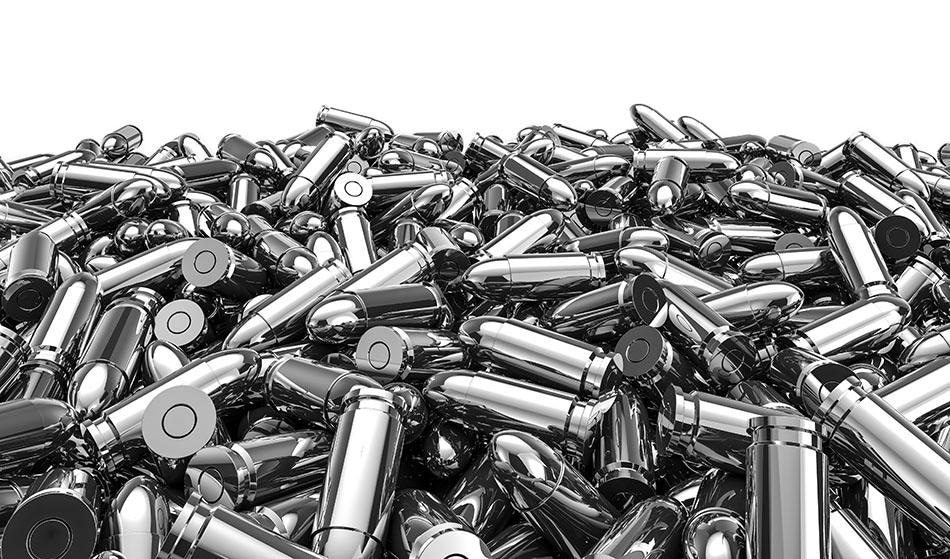Feb 15 2002

GrandeDuc / Shutterstock
Every year, 200 million tungsten bullets are produced, each using an ounce of tungsten. That amounts to over 5500 tons or one-eighth of the current annual tungsten consumption across the globe.
Green Bullets
The US Army started to develop “green” bullets in 1999. These bullets, used mainly for shooting practice during peacetime, are as dangerous to humans as their predecessors but less dangerous to the Earth.
The Army is presently using lead bullets that tend to bio-accumulate in the environment, usually ending up in groundwater, surface water, and sediments, as per a Multimedia Strategy for the Management and Reduction of Lead Hazards launched by the U.S. Environmental Protection Agency Region 5.
According to the report, accumulation of lead can severely impact both wildlife and humans who get their drinking water from a contaminated source. Lead slugs are a major water quality hazard, so much so that the New York federal district court has ruled that spent lead shot is a “pollutant”—as stipulated by the Clean Water Act.
The lead slugs used by the Army in standard 5.56-mm bullets have been bio-accumulating at shooting ranges, forcing many of them to close. According to Wade Bunting, project manager for environmental armament technologies at the Picatinny Arsenal in New Jersey, these lead slugs will be substituted with eco-friendly tungsten-based slugs.
When compared to lead, tungsten is more environmentally “benign” and helps in eliminating volatile organic compounds and ozone-depleting chemicals from the bullet manufacturing process. This prevents pollution and also saves money, stated Bunting.
Although tungsten is more costly than lead, the cleanup of the production process will actually save as much as $0.01 to $0.05 each round, or $5 million to $20 million every year, explained Bunting.
Moreover, the bullets will enable a number of outdoor and indoor shooting ranges to reopen, which were earlier shut down due to very high lead concentrations that are hazardous to human health and the environment. This will reduce the costs of transporting troops to far away but still-operational shooting ranges and eliminate the associated pollution, Bunting added.
Bunting informed that approximately one million green bullets will be manufactured with immediate effect. Priority for distribution of the green bullets will be given to closed shooting ranges as well as to a new National Guard shooting range close to Gnome, Alaska. This range has not been contaminated by lead bullets, he added.
Bunting concluded that 5 to 10 million green bullets would be manufactured by the Army from the subsequent year, which will be increased up to 200 million every year.